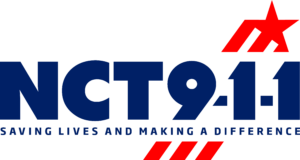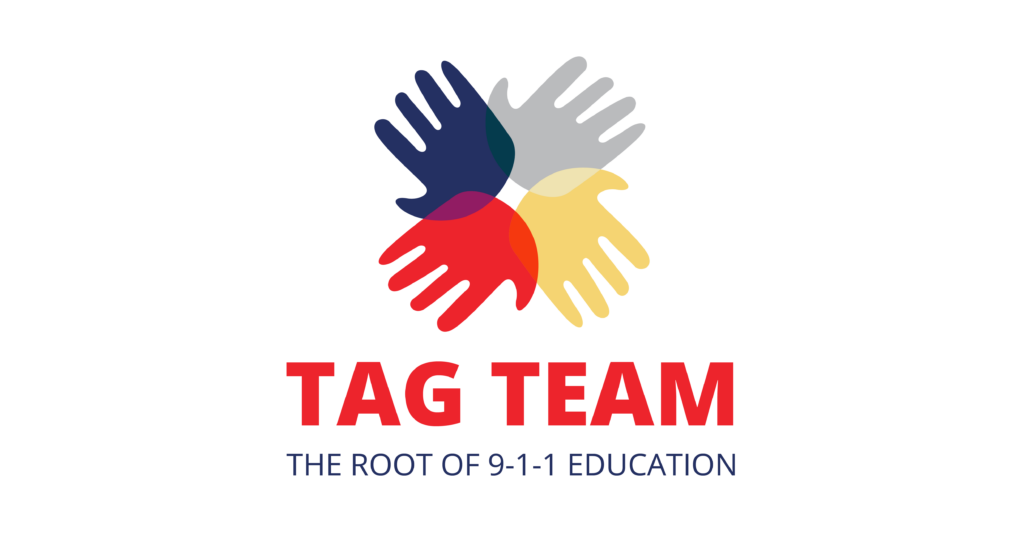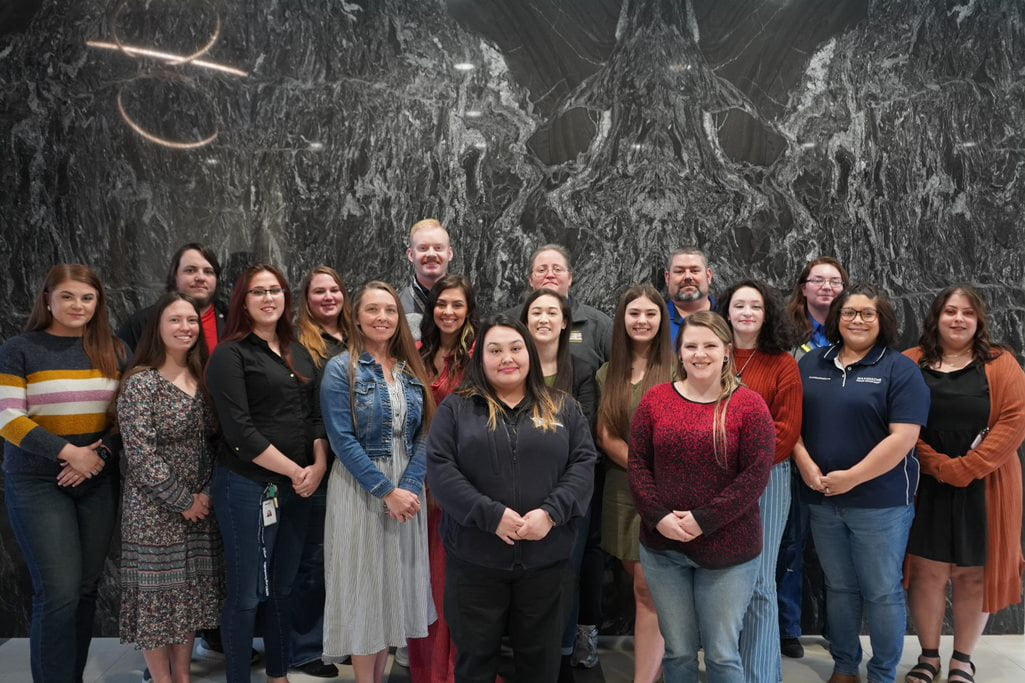Know Your Location: How to Successfully Call 9-1-1
Written By Destanie Ontiveros, NCT9-1-1 Communication Coordinator Know your Location: How to Successfully Call 9-1-1 Calling 9-1-1 can be stressful and overwhelming at times. When there is an emergency and every second counts, it is important that the 9-1-1 caller knows their location. It’s important that you help 9-1-1 help you. In an emergency, every […]
Know Your Location: How to Successfully Call 9-1-1 Read More »










